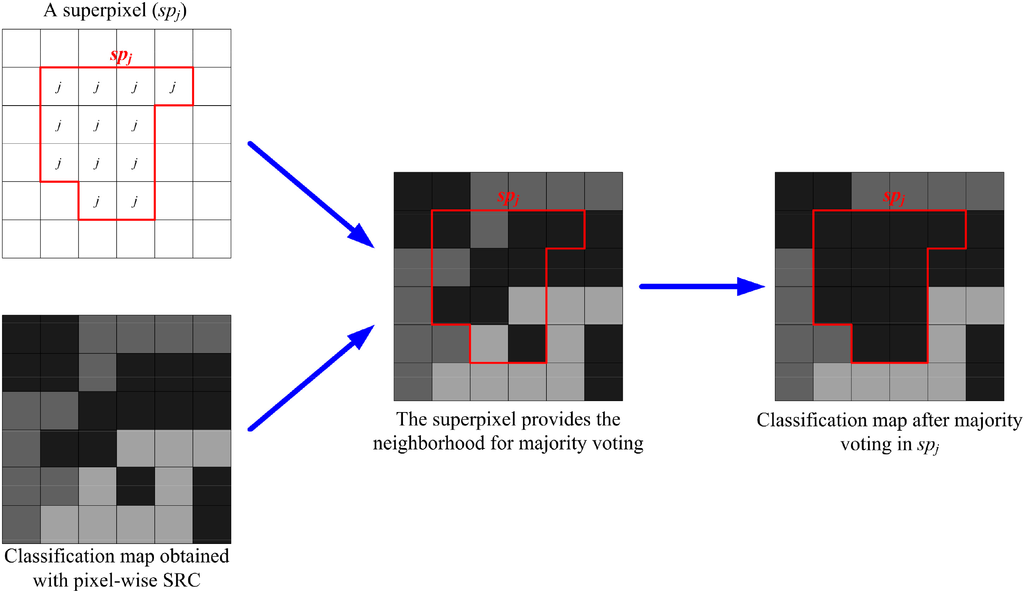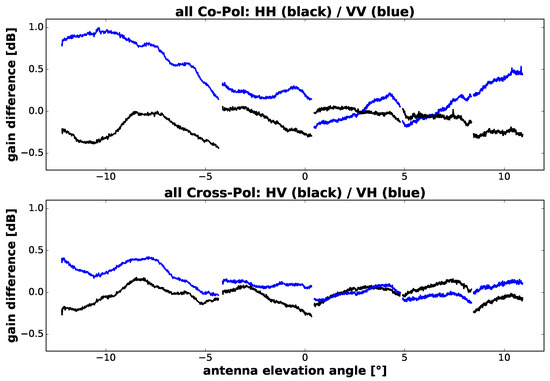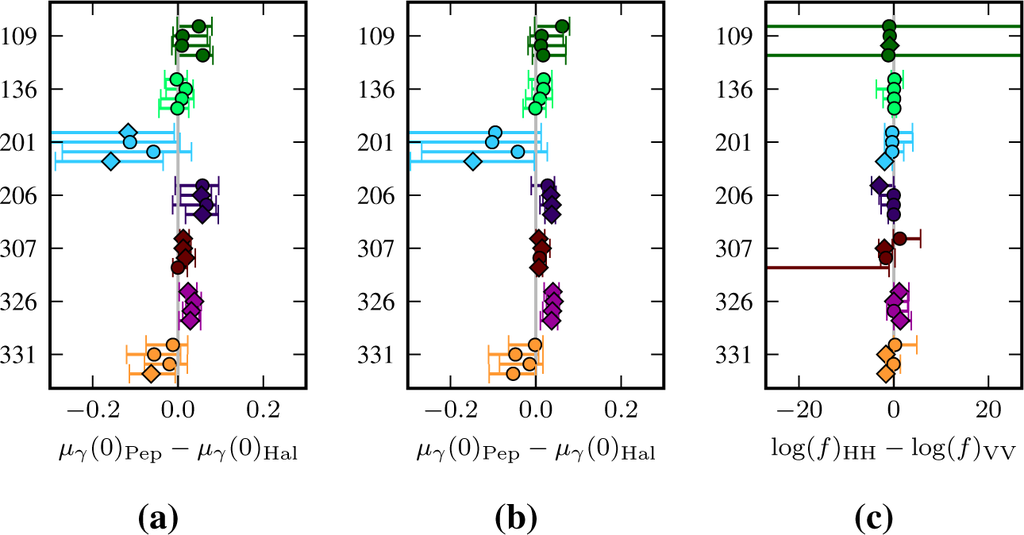Remote sensing with polarimetric radar
Data: 4.09.2018 / Rating: 4.6 / Views: 669Gallery of Video:
Gallery of Images:
Remote sensing with polarimetric radar
NGHIEM ET AL. : POLARIMETRIC REMOTE SENSING OF GEOPHYSICAL MEDIUM STRUCTURES 1113 Azimuthal symmetry has an axis of symmetry as in. Polarimetric radar remote sensing of ocean surface wind Abstract: Experimental data are presented to support the development of a new concept for ocean wind velocity measurement (speed and direction) with the polarimetric microwave radar technology. International Journal of Remote Sensing Volume 33, 2012 Issue 4. Submit an article Journal homepage. 185 Views 0 CrossRef citations Altmetric Original Articles Anomaly detection in polarimetric radar images Polarimetric Radar Imaging from Basics to Applications, New York: CRC Press. Polarimetric 10 100 m 100 350 km Multiincidence TerraSARX CosmoSkymed 2007 DLR Characteristics of radar remote sensing September 3, 2007 Lecture D1La1 Introduction to SAR remote sensing Thuy Le Toan Synthetic aperture technique Polarimetric Weather Radar Remote Sensing Martin Hagen Institut fr Physik der Atmosphre, DLR Oberpfaffenhofen. Institut fr Physik der Atmosphre Martin Hagen, WFMN09, Chemnitz, 25 27 Nov. 2009 2 State of the Art of Weather Radar. Doppler and dualpolarization Cancellation of ground Discover the principles and techniques of remote sensing withpolarimetric radar. This book presents the principles central to wave transmission, scattering, and reception incommunication systems and polarimetric and nonpolarimetric radar. Readers gain new insight into the methods for remotely gatheringdata about the earth's surface and atmosphere with. REMOTE SENSING WITH POLARIMETRIC RADAR HAROLD MOTT The University of Alabama IEEE PRESS WILEYINTERSCIENCE A John Wiley Sons, Inc. , Publication and passive visible light polarimetric imaging, is a largely unexplored area in remote sensing and the main challenge in this research is to identify areas and scenarios where information fusion between the two modes is advantageous for separation of the classes in terms of scattering Description This book describes the application of polarimetric synthetic aperture radar to earth remote sensing based on research at the NASA Jet Propulsion Laboratory (JPL). Remote Sensing in Ecology and Conservation Volume 0, Issue 0. To explore these topics, a Lagrangian simulation scheme has been developed to synthesize realistic, polarimetric, pulsed Doppler radar baseband signals from modelled flocks of biological point scatterers. A new approach to dualband polarimetric radar remote sensing image classification 749 the estimation of target scattering vector k is to get minimum of [ 2 2 TckkH, where c is a complex constant, 2 Remote Sensing Solutions, Inc. (RSS), as part of a Phase 2 SBIR with NASA, is developing a modular, lowSWaP, high performance, terrain relative Terminal Descent Radar (TDR) for range and velocity sensing of planetary landing and vehicles engaged in proximity operations. The overarching goal of remote sensing is the development of a relationship between image measurements and geophysically useful information such as forest biomass, snowwater equivalent, soil moisture, sea ice thickness, etc. Polarimetry is no exception, with the relevant measurements being linearly polarized backscattering coefficients. Description Discover the principles and techniques of remote sensing withpolarimetric radar This book presents the principles central to wave transmission, scattering, and reception incommunication systems and polarimetric and nonpolarimetric radar. Readers gain new insight into the methods for remotely gatheringdata about the earth's surface and atmosphere with. Recent Advances in Extrawideband Polarimetry, Interferometry and Polarimetric Interferometry in Synthetic Aperture Remote Sensing and its Applications. @en; schema: description Discover the principles and techniques of remote sensing with polarimetric radar This book presents the principles central to understanding polarized wave transmission, scattering, and reception in communication systems and polarimetric and nonpolarimetric radar. The HIAPER Cloud Radar (HCR) is an airborne, polarimetric, millimeterwavelength radar that will serve the atmospheric science community by providing cloud remote sensing capabilities to the NSFNCAR GV aircraft. EOL will use a phased approach to building the HCR. Polarimetric SAR Remote Sensing IIRS ISRO Digital Content. Polarimetric Classification of Radar Data in ERDAS IMAGINE Synthetic Aperture Radar. Radar has been widely used for remote sensing of weather, climate, hydrology, and the environment. Over the past 30 years, numerous radar techniques and algorithms have been developed for measuring, modeling, simulating and forecasting the Earth s atmosphere state. Remote Sensing in Ecology and Conservation Volume 0, Issue 0. A polarimetric Doppler radar timeseries simulator for biological applications. The defining characteristic of polarimetric radar is transmission and reception of radiation of diverse polarizations in this case, horizontal and vertical. Remote Sensing technology based on the Antennas, Propagation, Radar and Systems. The purpose and The purpose and procedure of polarimetry and polarimetric interferometry are shown in Fig. REMOTE SENSING WITH POLARIMETRIC RADAR HAROLD MOTT The University of Alabama IEEE PRESS WILEYINTERSCIENCE A John Wiley Sons, Inc. jpg Article An overview of the remote sensing of precipitation with polarimetric radar Tanvir Islam University of Bristol, UK, The University of Tokyo, Japan, and Nagasaki University, Japan 2009 NRL REVIEW 221 REMOTE SENSING Polarimetric Radar Imaging of the Ocean Surface M. Scheff 2 1Remote Sensing Division 2Radar Division Introduction: Understanding the relationship between ocean surface waves and the radar backscat Discover the principles and techniques of remote sensing with polarimetric radar This book presents the principles central to understanding polarized wave transmission, scattering, and reception in communication systems and polarimetric and nonpolarimetric radar. Discover the principles and techniques of remote sensing with polarimetric radar This book presents the principles central to understanding polarized wave transmission, scattering, and reception in communication systems and polarimetric and nonpolarimetric radar. The book provides a substantial and balanced introduction to the basic theory and advanced concepts of polarimetric scattering mechanisms, speckle statistics and speckle filtering, polarimetric information analysis and extraction techniques, and applications typical to radar polarimetric remote sensing. 1 Radar Remote Sensing Henning Skriver Digital Image Analysis, Vision and Computer Graphics Fall 2008 Contents of Presentation SAR Techniques SAR Polarimetric SAR Interferometric SAR Image Processing Techniques Speckle reduction Classification Edge Detection Segmentation Change detection ABSTRACTThis article presents for the first time the combination of dualpolarimetric Cband Sentinel1 synthetic aperture radar (SAR) data and quadpolarimetric Lband ALOS2PALSAR2 imagery for mapping of flooded areas with a special focus on flooded vegetation. Lband SAR data is well suited for mapping of flooded vegetation, while Cband enables an accurate extraction open water areas. Radar Polarimetry is a new development in the field of Remote Sensing. Providing information about physical parameters and geometric properties of the Earth surface it has become an important tool in Earth monitoring in An invaluable reference for research scientists, engineers and scientists working on polarimetric SAR hardware and software, Application developers of SAR and polarimetric SAR, remote sensing specialists working with SAR data using ESA. This report describes remote sensing experiments using highly capable polarimetric synthetic aperture radar (SAR). In preparation for the launch of the SIRCXSAR mission, NASAs JPL airborne polarimetric SAR (AIRSAR) was deployed over many locations worldwide. Doppler Radar and Remote Sensing Research WSR88D Open RDA Development Project. FREQUENTLY ASKED QUESTIONS SUMMARY Most weather radars, such as the National Weather Service NEXRAD radar, transmit radio wave pulses that have a horizontal orientation. Polarimetric radars (also referred to as dualpolarization radars), transmit radio wave pulses. Discover the principles and techniques of remote sensing with polarimetric radar This book presents the principles central to understanding polarized wave transmission, scattering, and reception in communication systems and polarimetric and nonpolarimetric radar. FerroFamil ( ) SAPHIR SAPHIR POLARIMETRIC REMOTE SENSING POLARIMETRIC REMOTE SENSING 0 x y r Ez, t z remote sensing 2005 NRL Review 203 Automated Terrain Classification Using Polarimetric Synthetic Aperture Radar J. FerroFamil3 1Remote Sensing Division 2Praxis Inc. 3University of Rennes, France Polarimetric Synthetic Aperture Radar: In the Recent advances in radar remote sensing of precipitation include the development of polarimetric radar, which has the capability of transmitting in both the horizontal (H) and vertical (V) polarization states, thus providing additional information on the target precipitation particles. This tutorial will introduce the reader to the principles, technology and practical applications of radar polarimetry. For a simpler and much shorter approach to this topic, the reader is invited to read the Radar Polarimetry chapter of the Fundamentals of Remote Sensing tutorial, also on this Web site. A syntheticaperture radar is an imaging radar mounted on a moving platform. waves are transmitted sequentially, the echoes are collected and the system electronics digitizes and stores the data for subsequent processing. includes40 refereedjournal and conferencepapers forthe researchon remote sensing of earthterrain. In remote sensing, the encountered geophysical media such as agricultural canopy, calculated is the complete set of scattering coefficients for polarimetric radar observation or brightness temperature in passive radiometer applications. Polarimetric observation of forest cover in radar remote sensing Abstract In this paper, and from the received waves, we inves tigate a number of polarimetric radar techniques to characterize the polarization response of forest cover, using the example of the Landes Forest. Magnitude, as well as phase difference and amplitude ratios between. Remote sensing is the acquisition of information about an object or phenomenon without making physical contact with the object and thus in contrast to onsite observation. Remote sensing is used in numerous fields, including geography, land surveying and most Earth Science disciplines (for example, hydrology, ecology, meteorology, oceanography, glaciology, geology); it also has military. 2012 Remote Sensing Prize Winner Sees Polarimetric Radar Research Go Nationwide January 26, 2012 0 comments Viswanathan N. Bringi, professor emeritus of electrical and computer engineering at Colorado State University, is the 2012 recipient of the AMS Remote Sensing Prize. Systems Engineering for Environmental Remote Sensing ProSensing designs and builds radar and radiometer systems for a wide range of environmental applications, spanning atmospheric, oceanic, and terrestrial remote sensing. The introduction of polarimetric SAR interferometry (PolInSAR) at the end of the 1990s was a decisive step towards developing remote sensing applications relevant to forestry. PolInSAR is based on the coherent combination of SAR interferograms for different polarisations. They then deal in detail with the engineering aspects of pulsed Doppler polarimetric radar, including the relevant signal theory, spectral estimation techniques, and noise considerations. They close by examining a range of key applications in meteorology and remote sensing. INTRODUCTION What is Radar Polarimetry. INTRODUCTION What is Radar Polarimetry The information contained into backscattered waves from a given target is highly related to: geometrical structure Introduction to. Discover the principles and techniques of remote sensing with polarimetric radar. This book presents the principles central to understanding polarized wave transmission, scattering, and reception in communication systems and polarimetric and nonpolarimetric radar. Radar polarimetry: analysis tools and applications, IEEE Transactions on Geoscience and Remote Sensing, Vol. A threecomponent scattering model for polarimetric SAR data. Polarimetric Intensity Parameterization of radar and other remote sensing sources for advanced exploitation and data fusion Theory Ramin Sabry and Paris W. Vachon
Related Images:
- Secrets 2018 s01
- St anthony novena malayalam kaloor
- Bobby charles see you later alligator
- Who you came from the star ost
- Age of empire con
- Man vs wild season 7
- Don no i
- Zeds dead adrenaline ep
- G G A
- Ruth lorenzo planeta azul
- Best of the deep purple
- Full court life
- Real steel 720p french
- Sons of anarchy season 5 avi
- Sakuranbo Syndrome Sakuranbo Syndrome 1
- Contoh project charter sistem informasi perpustakaan
- International financial reporting standard
- Adventure time art
- A cinderella story once
- Ponygirl training stories
- Red faction guerrilla crack
- Data analysis with sql
- Dalda ghee manufacturing process
- The Book Of Awakening Free Pdf Download
- The Shunning 2018 nl
- Can you stand the rain
- Buda 12 casting
- Young thug 2018
- Amai Liu 2018
- Comment compresser un pdf mac
- Metallica 2018 rio
- Pirates of the caribbean game
- Enable sound in safe mode registry
- 3 the hard way
- Stick wit u
- Game of thrones 720 s04
- Dr Strangelove 1964 720p
- Prevent software installation using group policy
- Movie edit pro
- Biological Wastewater Treatment Third Edition
- Voices from Chernobyl
- Storie di ordinaria follia
- How i met s09e22
- Alice aux Pays des Merveilles
- The Sandalwood Princess
- Katy perry singles
- Mother earth news
- Silness and loe plaque index pdf
- 17 new 2018
- The fish that saved pittsburgh
- The sixth sense nl
- The wall live in berlin avi
- Introduction to Law and the Legal System
- Simple picture story sequence
- Gone too far
- Daddy i do
- Savages dvdrip french
- Descargar Libro El Mito Del Carisma Pdf
- Ekkees Toppon Ki Salaami
- Farsi Bible Online Pdf
- Stevie ray vaughan flac
- Frozen 3d pl
- Kuroko basketball 43
- Dancefloor fg 2018
- Zona de baile
- Chris moyles the difficult second album
- Bal sagoth flac
- Garden planner 3
- Sopranos Family Cookbook Sunday Gravy
- Touchin lovin trey songz
- Focus On Life Science California Grade 7
- Napoleon hill golden rule
- Marco di mauro
- Opc client example
- English 720p 2018
- O poder do mito
- Her french vo
- We found love rihanna ft calvin harris
- The Essential Office 2000 Book
- Eat no fish greedy for life
- Z3x Box Cracked Software
- Star magic ball
- Calculus Book Larson 9Th Edition Pdf
- Dark knight audio latino
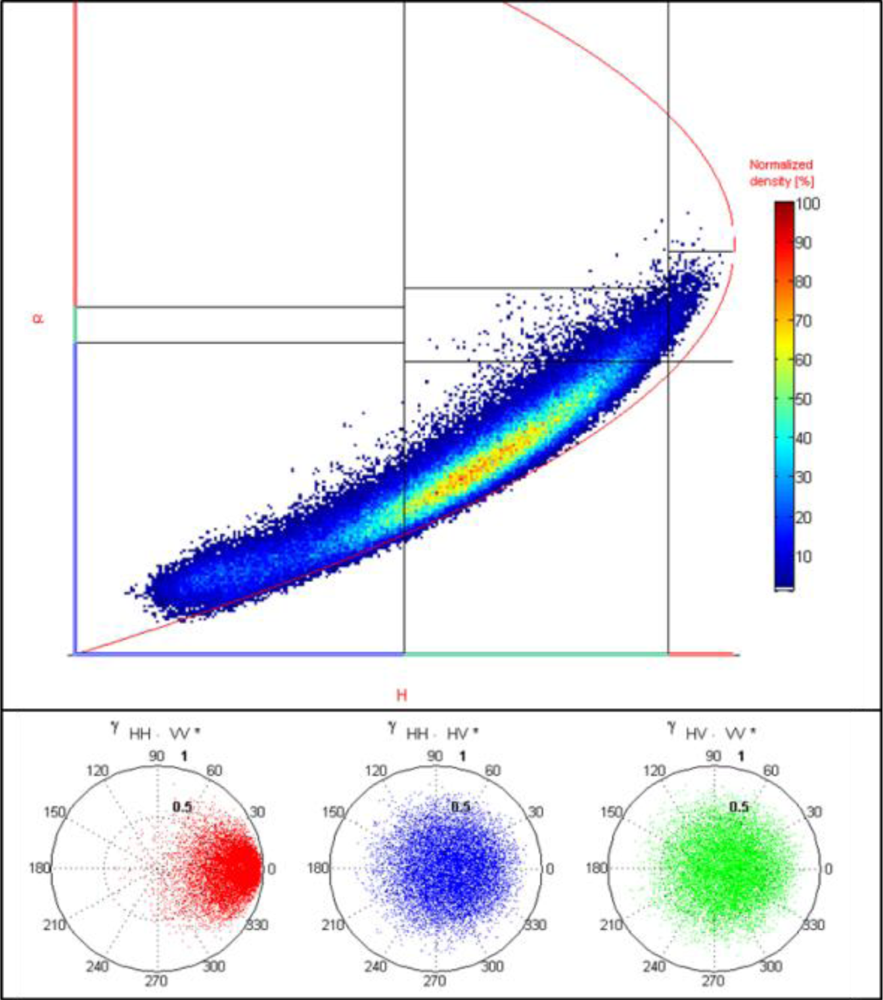
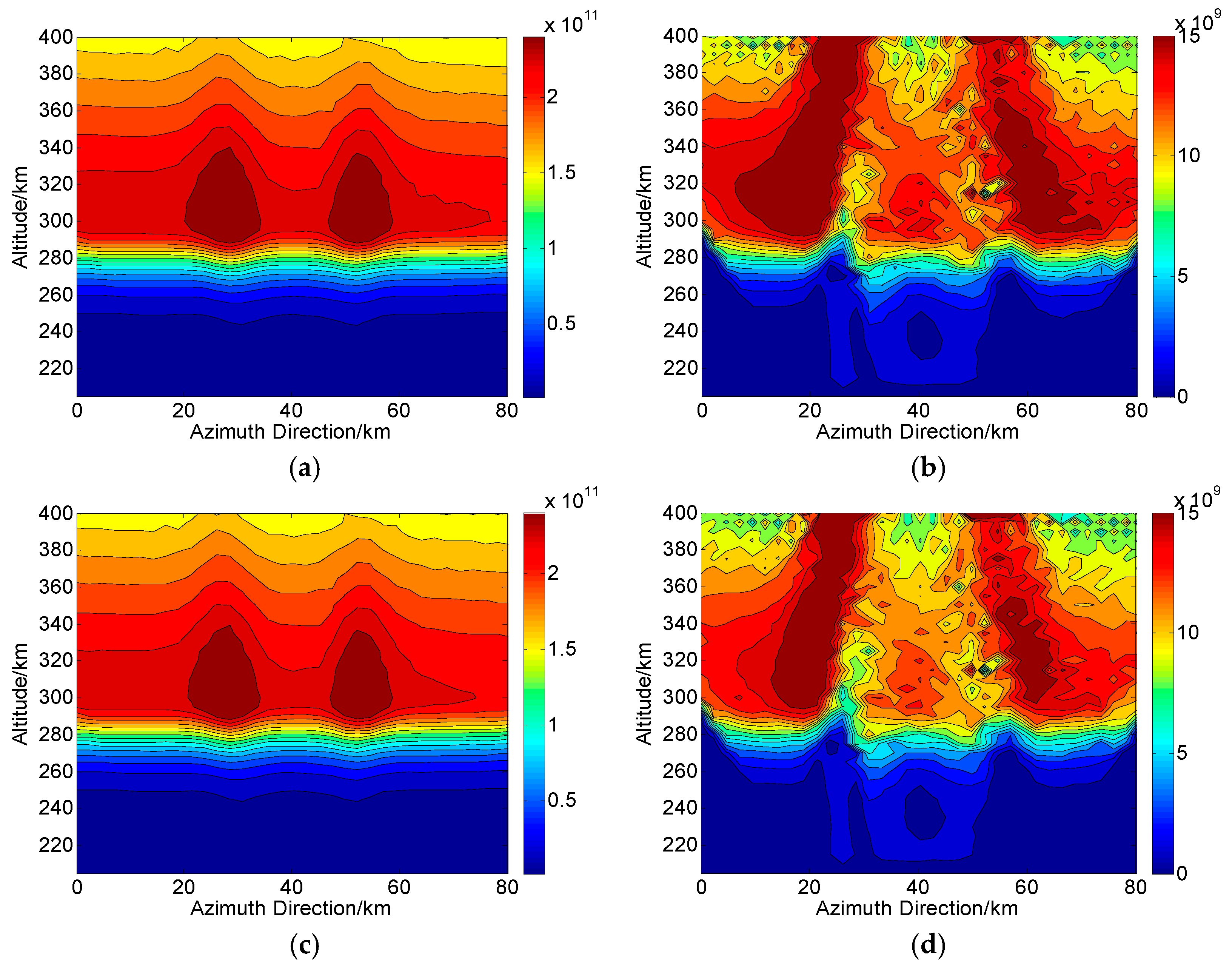

-1.jpg)
-7.jpg)



-2.jpg)

